As I packed away the holiday decorations and cleared out the excess clutter, my thoughts turned to the recent trend of paring down interiors for a ‘cleaner’ look. There’s certainly something to be said for organizing space and capitalizing on function, but when things become a little “sterile,” it brings to mind the question: “Is less really more when it comes to being happy at home?”
In the history of interiors, there have been periods of austerity and periods of plenty, which have influenced the way homes have been designed. In reflecting back to the Gilded Age, previous to the Great Depression, incredible homes were constructed, filled with architectural beauty, fine art, and elaborate furnishings. If you’ve ever toured the homes of Newport, Rhode Island, you’ve witnessed an example of this period and of “more being more”. Think of the currently popular PBS series, “Downton Abbey,” filmed in Highclere Castle. When dinner is served, every place setting is filled with enough flatware fit for a lord or lady. Waistcoats and evening attire were the standard of their day. We’re definitely living in a more casual world but we’re still captivated by the idea of living well by design.

My view of Newport, RI beach “cottages”, a few years ago, from Doris Duke’s Estate.
Recently, I’ve been reading a book by Gretchen Rubin, Happier at Home. Her September Chapter, “Possessions”, hit home in a very profound way for me. If you’ve been reading my blog posts for Hooker Furniture, you know that I’m an interior designer, so a lot of what I do relates to helping clients decide what to do with their possessions, and sometimes it includes bringing in more pieces. In the last few years, I’ve had a sense that people have often felt guilty about this and that guilt was somewhat internalized by me, too. Without recapping what the world has experienced through the Great Recession of 2007-2012, we’ll just acknowledge a historical shift, as it were. “Happier at Home” author Rubin made several observations which might provide a different and welcome perspective the next time you consider “lightening the load” in your own homes. Her perspective may help you to be comfortable with embracing a little “more.”
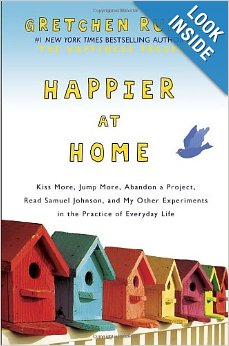
Please note: There is no affiliate status or promotion of this book for financial compensation or otherwise.
You can review more chapter details by going to the ‘Read Inside’ sneak peek and scrolling down to it. Here are some of my quick take-a-ways:
- Getting rid of possessions isn’t always the key to happiness. The focus is on receiving happiness from the possessions one has.
- Loving one’s possessions isn’t a negative thing. Being mastered by them is. The quote from William Morris is timeless: “Have nothing in your house that you do not know to be useful, or believe to be beautiful”.
- Even Frank Lloyd Wright, the renowned architect, cautioned, “Plainness is not necessarily simplicity.” He felt that improperly applied, elimination might be as meaningless as elaboration.” We want and need the touchstones or creature comforts that make home feel like home.
There are important experiences to be had in your own homes. Think of going away for vacation and then passing back through your threshold. Is there a feeling of melancholy or one of joy? As a side note, when I’m working on bedroom furniture for master bedrooms, I often receive the request for the room to feel like a luxurious hotel resort room. That speaks volumes, don’t you think?
If you need help in deciding how to select furnishings for more meaningful experiences, just take a look around for inspiration from unexpected places. Your closet, your vacation photos, your jewelry cabinet or whatever brings a pleasant experience or memory to mind.
I’ll leave you with some ideas to help jump-start your New Year in designing a meaningful and happy home!

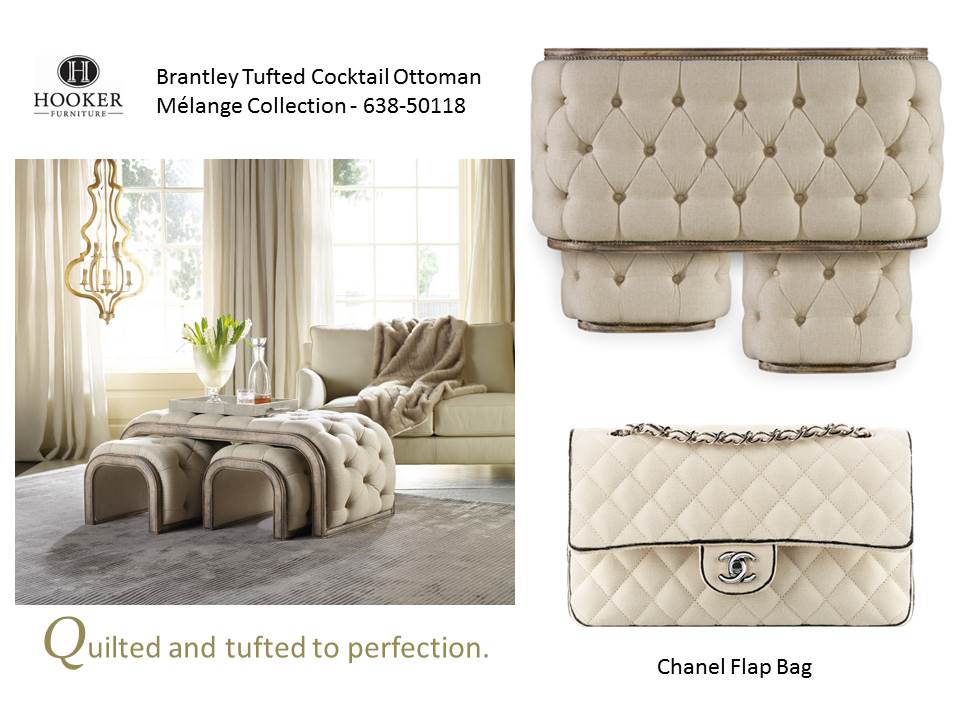
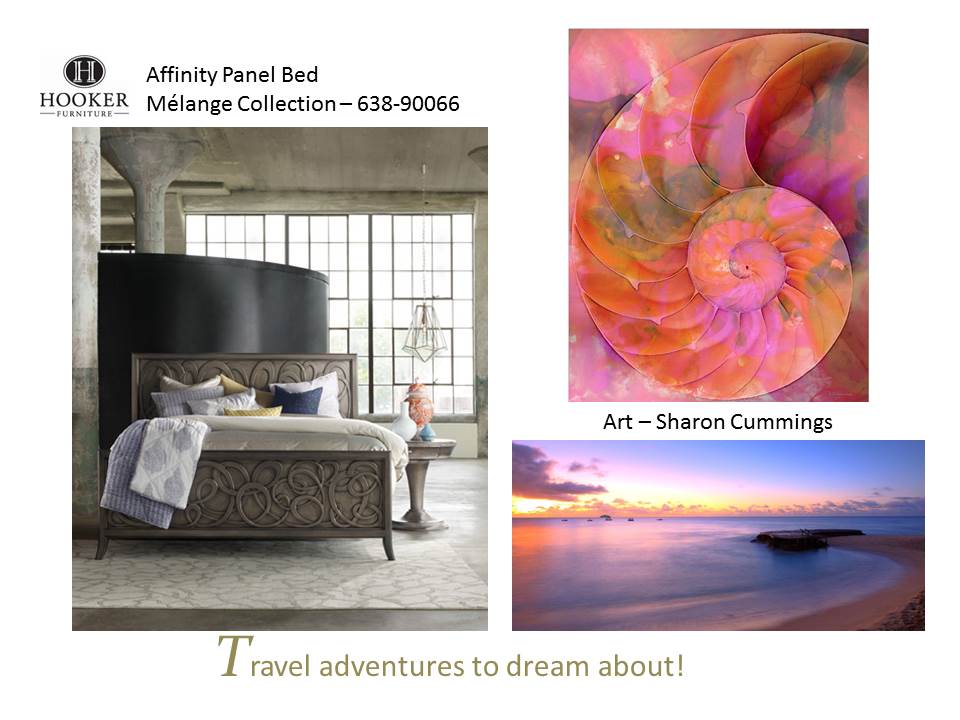
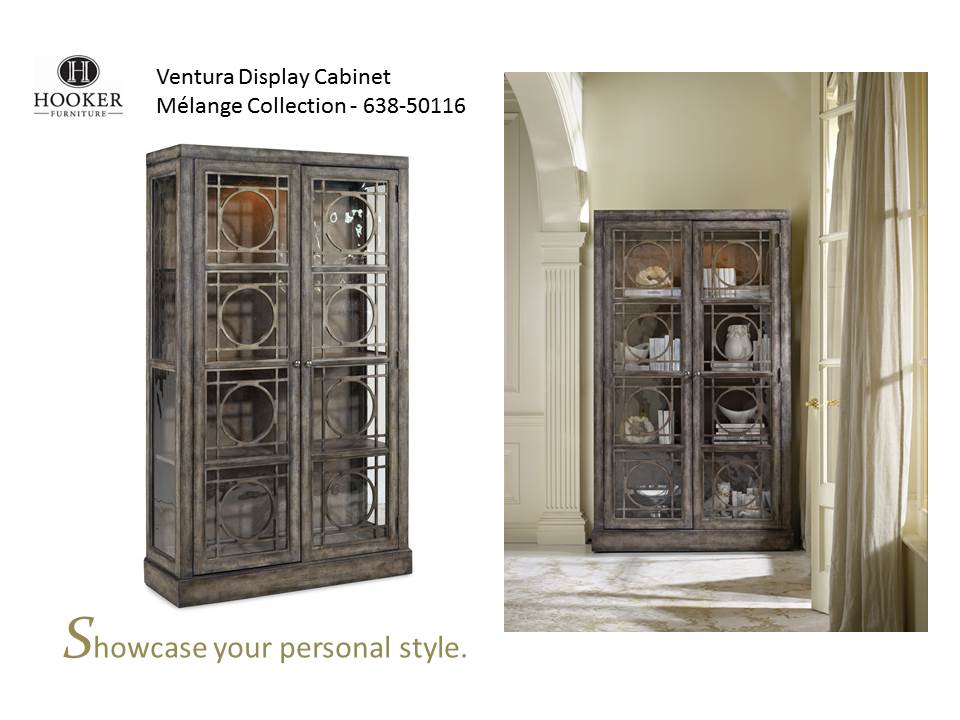
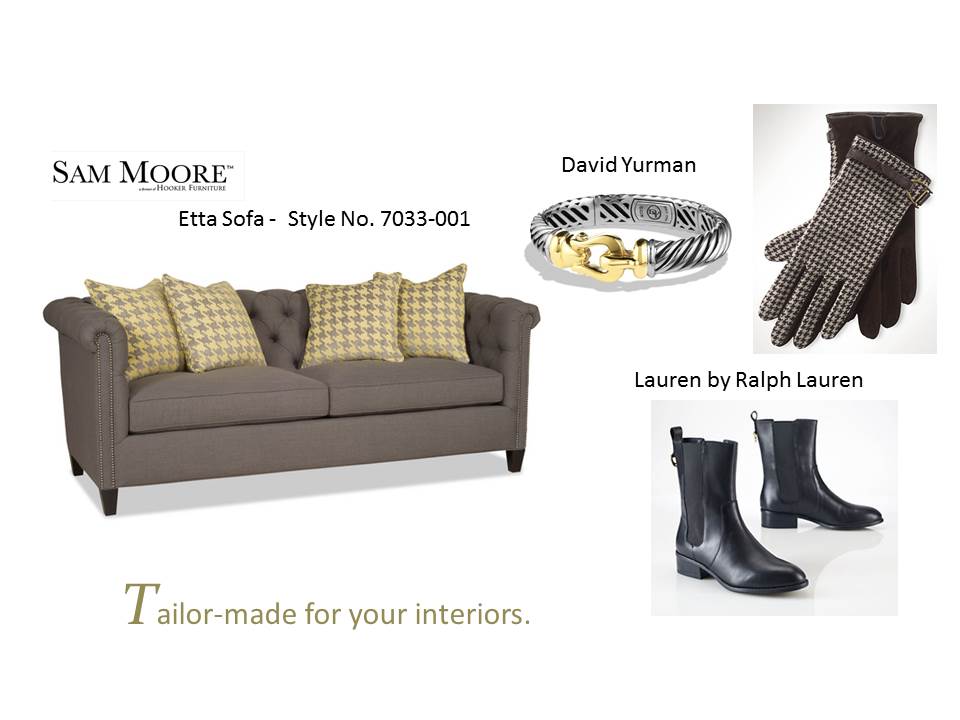




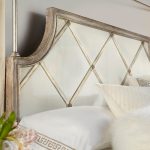
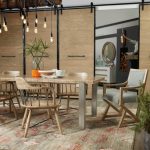
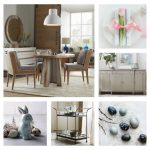



{ 0 comments… add one }